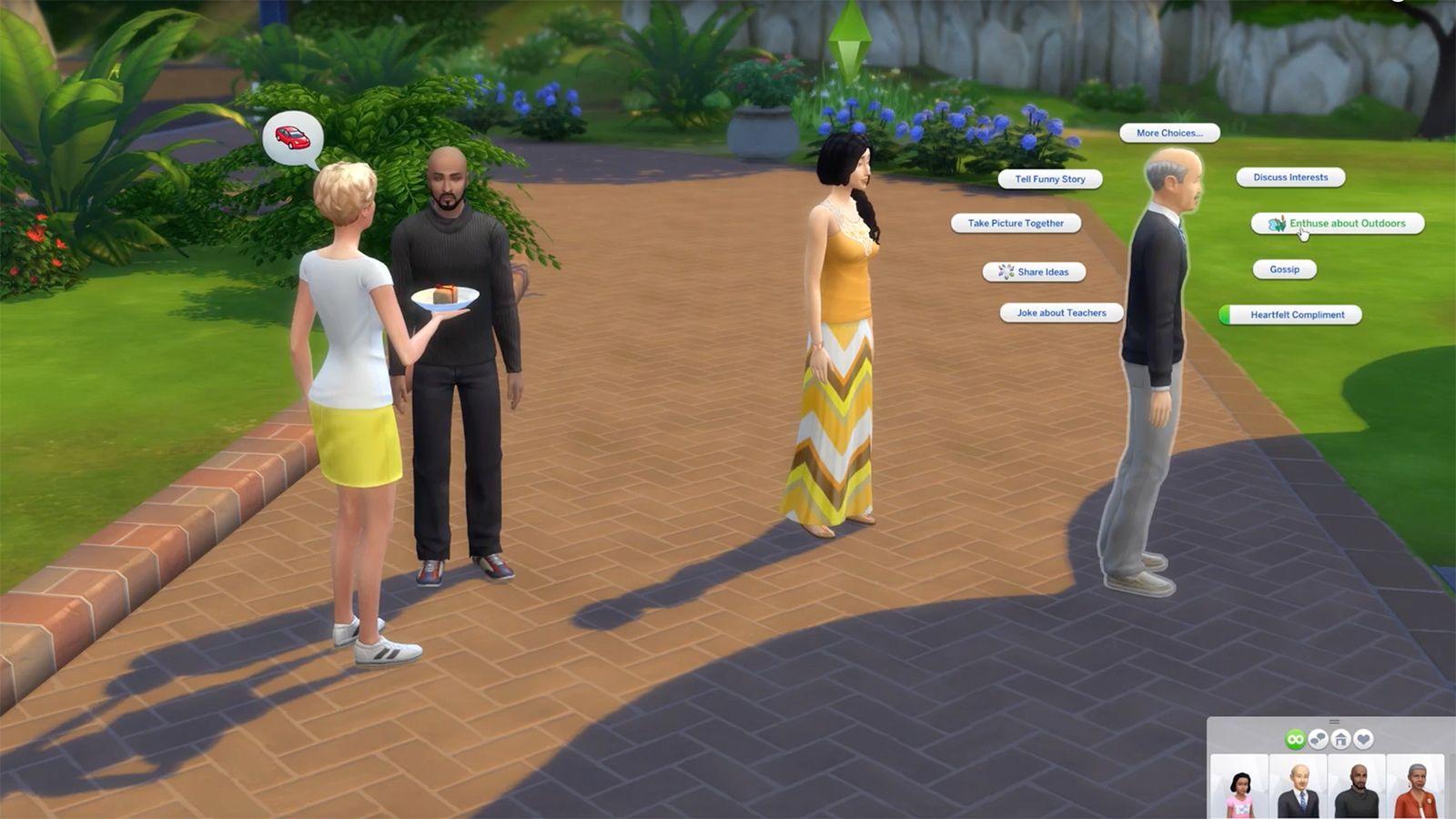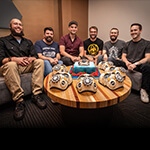Full Sail Stories
Published May 03, 2017
Josh Stefanski on the Dialogue Between Developers and Players
The 2007 Game Development grad has worked in UX and UI for companies like Linden Lab, Electronic Arts (EA), and Maxis.

Josh Stefanski always knew he wanted to work on massively multiplayer online games, or MMOs, because he likes the idea that UX and UI is an ongoing process informed by players.
“I’ve been fortunate to have had the opportunity to work on games that are very focused on bringing out the creativity in the player,” says the 2007 Game Development grad. “I love the idea of a constantly evolving product.”
As a Senior Software Developer, Josh has worked in UX and UI for companies like Linden Lab and Electronic Arts (EA). Currently, he works for Maxis, a subsidiary of EA responsible for games featuring sprawling, open-world stories like The Sims franchises and Spore.
When it comes to improving a player’s experience, Josh says it’s imperative to think ahead. Every tweak changes the nature of a game, which opens up the dialogue for more feedback. It’s a continuous cycle that requires both sides to anticipate needs beyond the immediate.
“We’re swapping out the engine as we’re driving,” he says. “We’ve got to keep the car running while making it go faster.”
At the same time, he’s constantly checking in with his team to makes sure they’re setting realistic development goals. He recalls one instance when he was working as a lead on The Sims 4.
“We were well into production on a UI system, but we kept finding limitations to what we were working with. I made the call to re-architect this portion of the code base to make things easier because it was a better pattern. It sounded good on paper but ended up being way more complicated in implementation. In that case, we should have waited for the car to slow down a little bit.”
He says his time spent building virtual worlds has changed the way he views the actual world. He’s more in tune with the mechanics of things, for instance, even when they’re not completely user-friendly.
“I’m sure everyone has come up to a door that says ‘push,’ but it has a little bar that makes it look like you want to pull,” says Josh. “You take these little cues that exist in the real world that feel like second nature to us. I notice them more because those are the types of things that we want to replicate in the virtual world, especially if we want to build a more immersive experience.”
The real world is complicated, he says, and it’s that complexity – complete with all the foibles of imperfection, that make an invented world feel authentic.
For more on Josh’s work and how he views creative problem solving, check out the video below.



